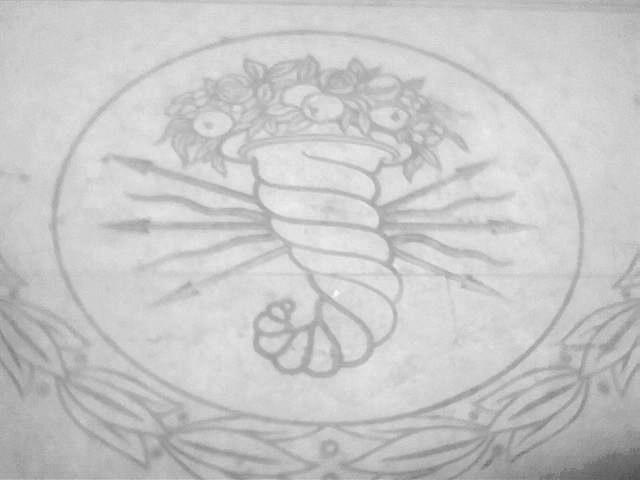|
St. Stephen's Church, Valencia
St. Stephen's Church (; ) is a Catholic parish church located in the Plaça de Sant Esteve in the city of Valencia, Valencian Community, Spain. History St. Stephen's is one of the oldest churches in Valencia. It is built in the Gothic style on the site of a mosque that stood in the city when it was under Muslim rule. It is a rather small church, not far from Valencia Cathedral. According to one legend the site was that of an old Roman temple dedicated to Hercules. St. Stephen's was the notaries' church. Saint Vincent Ferrer (1350–1419) and Saint Luis Bertrán (1526–1581) were baptized here. ', along with ''The Martyrdom of Saint Stephen'' and other scenes from the saint's life painted around 1562 by Juan de Juanes, formed the main altarpiece. They are now in the Museo del Prado. The main church is open on Sundays and Holy Days of Obligation; the chapel is open daily for mass. Gallery File:Interior de l'església de sant Esteve de València.JPG, Interior File:Valencia - ... [...More Info...] [...Related Items...] OR: [Wikipedia] [Google] [Baidu] |
Valencia
Valencia ( , ), formally València (), is the capital of the Province of Valencia, province and Autonomous communities of Spain, autonomous community of Valencian Community, the same name in Spain. It is located on the banks of the Turia (river), Turia, on the east coast of the Iberian Peninsula on the Mediterranean Sea. It is the Ranked lists of Spanish municipalities, third-most populated municipality in the country, with 825,948 inhabitants. The urban area of Valencia has 1.5 million people while the metropolitan region has 2.5 million. Valencia was founded as a Roman Republic, Roman colony in 138 BC as '. As an autonomous city in late antiquity, its militarization followed the onset of the threat posed by the Spania, Byzantine presence to the South, together with effective integration to the Visigothic Kingdom of Toledo in the late 6th century. Al-Andalus, Islamic rule and acculturation ensued in the 8th century, together with the introduction of new irrigation syst ... [...More Info...] [...Related Items...] OR: [Wikipedia] [Google] [Baidu] |
Louis Bertrand (saint)
Louis Bertrand, OP ( or ; ; 1 January 1526 – 9 October 1581) was a Spanish Dominican friar who preached in South America during the 16th century, and is known as the "Apostle to the Americas". He is venerated as a saint by the Catholic Church. Early life Bertrand was born in Valencia to Juan Bertrand and Juana Angela Exarch. Through his father he was related to St. Vincent Ferrer, a thaumaturgus of the Dominican Order. At an early age he conceived the idea of becoming a Dominican Friar, and despite the efforts of his father to dissuade him, was clothed with the Dominican habit in the Convent of St. Dominic, Valencia, on 26 August 1544. After the usual period of probation, he pronounced the evangelical vows. He was grave in demeanour and apparently without any sense of humour, yet had a gentle and sweet disposition that greatly endeared him to those with whom he came in contact. While he could lay no claim to great intellectual gifts, he applied himself assiduously to study. ... [...More Info...] [...Related Items...] OR: [Wikipedia] [Google] [Baidu] |
Baroque Architecture In The Valencian Community
The Baroque ( , , ) is a Western style of architecture, music, dance, painting, sculpture, poetry, and other arts that flourished from the early 17th century until the 1750s. It followed Renaissance art and Mannerism and preceded the Rococo (in the past often referred to as "late Baroque") and Neoclassical styles. It was encouraged by the Catholic Church as a means to counter the simplicity and austerity of Protestant architecture, art, and music, though Lutheran Baroque art developed in parts of Europe as well. The Baroque style used contrast, movement, exuberant detail, deep color, grandeur, and surprise to achieve a sense of awe. The style began at the start of the 17th century in Rome, then spread rapidly to the rest of Italy, France, Spain, and Portugal, then to Austria, southern Germany, Poland and Russia. By the 1730s, it had evolved into an even more flamboyant style, called ''rocaille'' or ''Rococo'', which appeared in France and Central Europe until the mid to late 1 ... [...More Info...] [...Related Items...] OR: [Wikipedia] [Google] [Baidu] |


